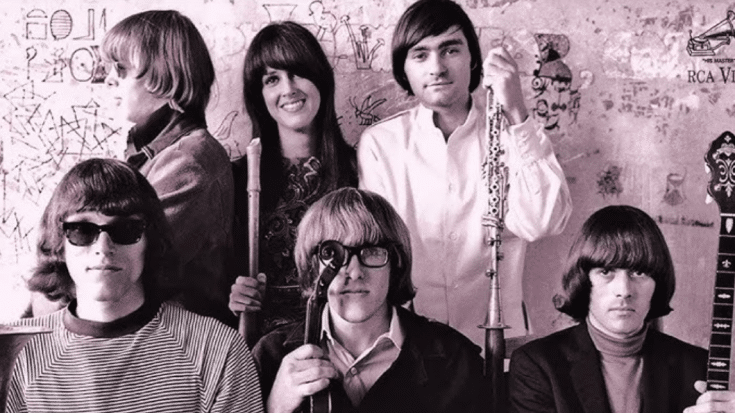On This Day in 1967: Jefferson Airplane’s Groundbreaking Album Goes Gold, Features Iconic Hits

via Magix Tracks / YouTube
A Major Milestone Reached
On July 24, 1967, Jefferson Airplane’s second album, Surrealistic Pillow, was certified Gold in the United States. The certification came thanks to two Top Ten hits: “Somebody to Love” reached No. 5, and “White Rabbit” hit No. 8 on the Billboard Hot 100. The album also climbed to No. 3 on the Billboard 200 chart.
Though the LP faded from view after its initial peak, its reputation grew. In 2024, Surrealistic Pillow was named to the National Recording Registry by the Library of Congress as being “culturally, historically, or aesthetically significant.”
View this post on Instagram
Early Sound and Setting
Surrealistic Pillow was released on February 1, 1967, by RCA Victor. It was the band’s first studio record to feature Grace Slick on vocals and Spencer Dryden on drums. The album was recorded in late 1966 at RCA’s Hollywood studio and produced by Rick Jarrard.
The album mixed folk-rock and psychedelic sounds. Fans heard a range from haunting ballads to bold rock. It captured the San Francisco music scene during the Summer of Love.
Hit Singles That Defined an Era
Grace Slick brought in two songs from her earlier band, The Great Society. “Somebody to Love” and “White Rabbit” became the standout tracks. Both reached the Top Ten, with their success securing the album’s Gold status.
Other tracks, like “My Best Friend” and “Today,” also struck a chord with listeners. While they didn’t reach the highest spots on the charts, they remain fan favorites and show off the album’s variety.
Enduring Impact and Honors
The album later earned Platinum status from the RIAA. Its rise from Gold to Platinum shows how its influence grew over time.
In April 2024, Surrealistic Pillow joined the Library of Congress’s National Recording Registry as one of 25 recordings chosen that year. The Registry honors recordings that shaped American culture and history.
Why This Album Still Matters
Surrealistic Pillow helped define the sound of the late 1960s. It introduced Grace Slick’s unique voice, spotlighted the band’s blend of rock and folk, and connected with a generation looking for something different. Its success on the charts and its later recognition by the Library of Congress show that it remains an essential record from that era. Its mix of catchy hits and deeper tracks still influences listeners and musicians today.












